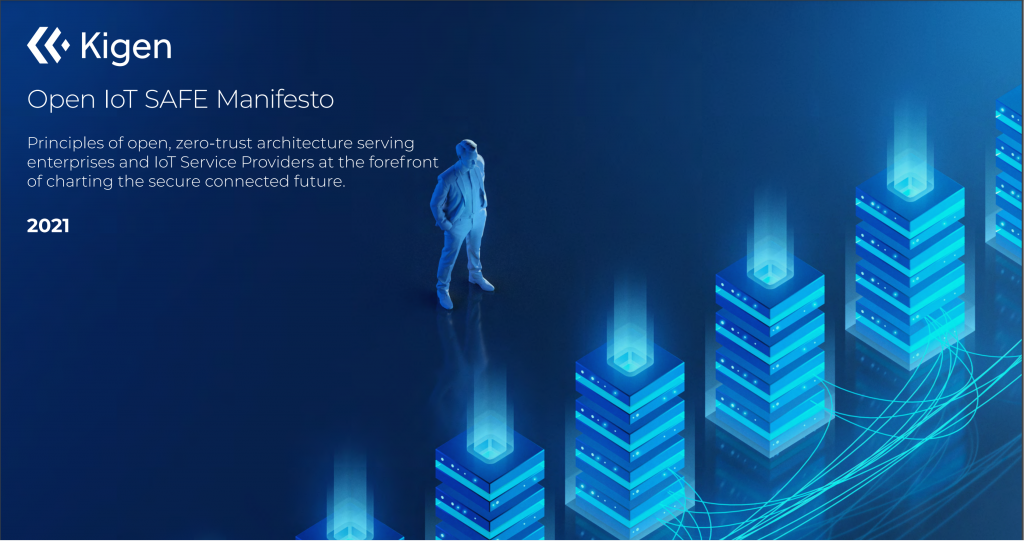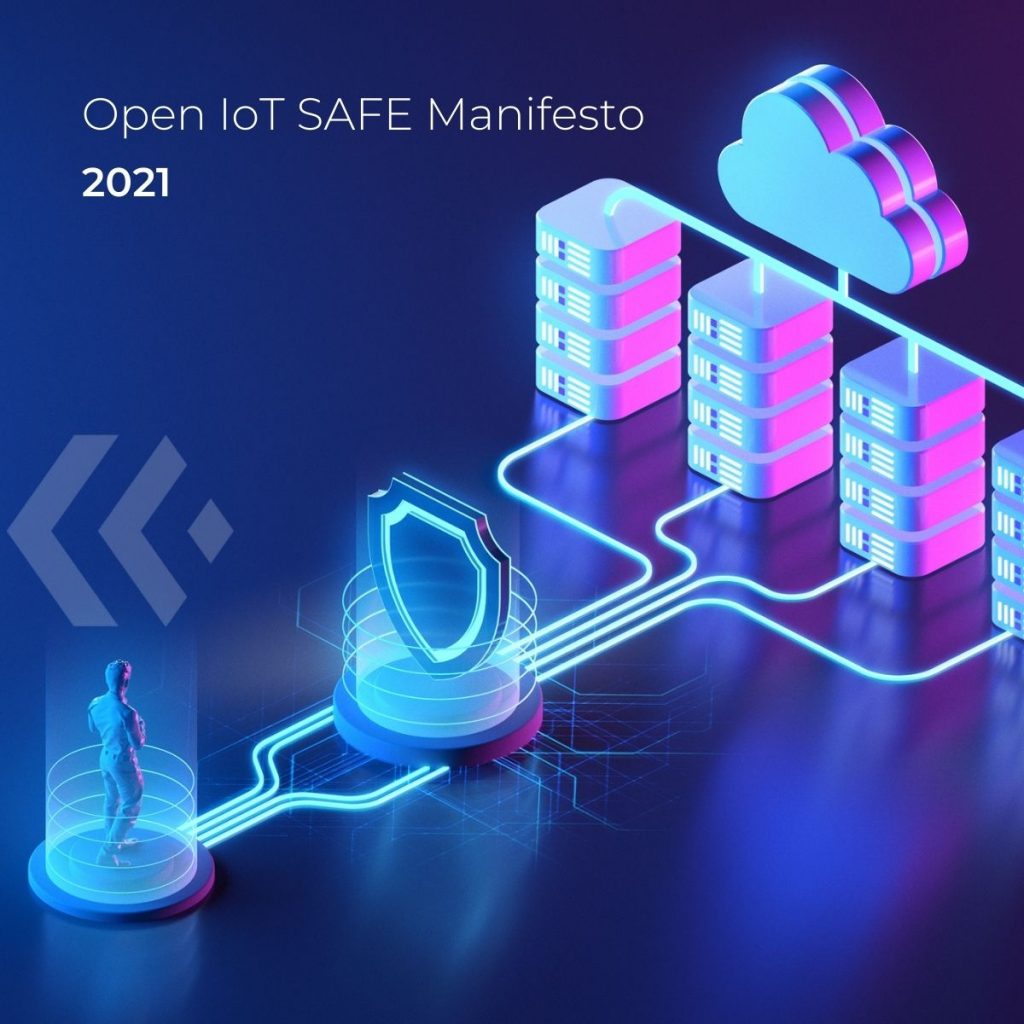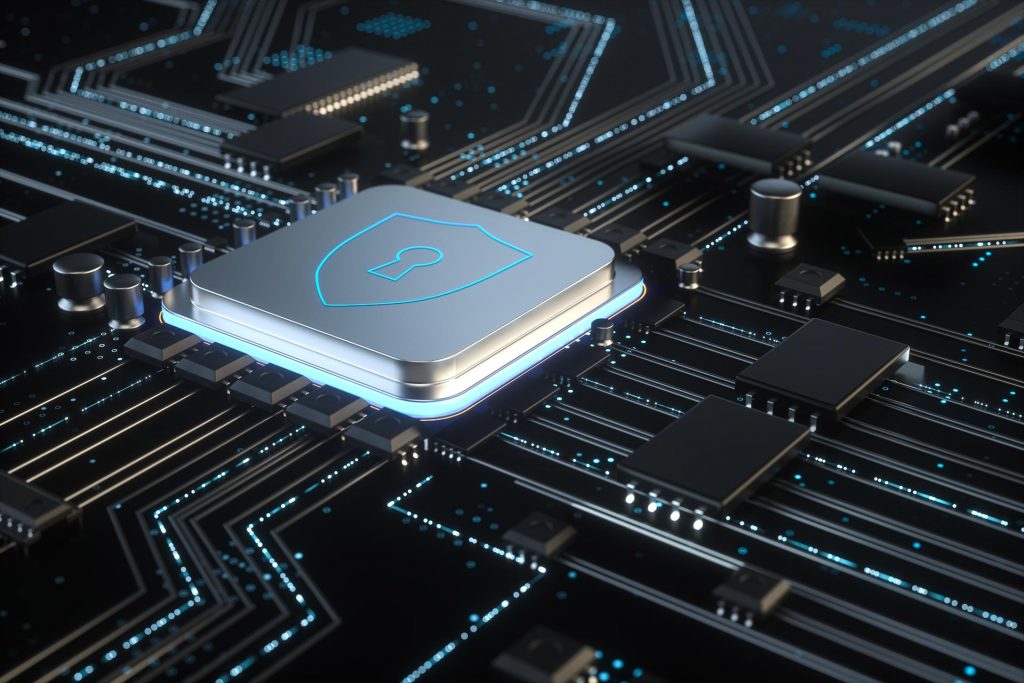- Resources
- Blog
- Case Study
- News
- Reports
Those interactions are only going to multiply in the years to come. By 2025, nearly 31 billion devices will be connected to the IoT — everything from blood sugar monitors to shipping labels. This requires devices and services that can quickly and securely authenticate themselves so they can be authorized to exchange data smoothly. SIM technology is the best solution to make that happen — but only if it can be efficiently and flexibly deployed and managed robustly at scale. That’s not as easy with traditional SIMs which need to be installed, formatted and shipped manually. But a better way is possible with the future of SIM evolution – eSIM and iSIM.
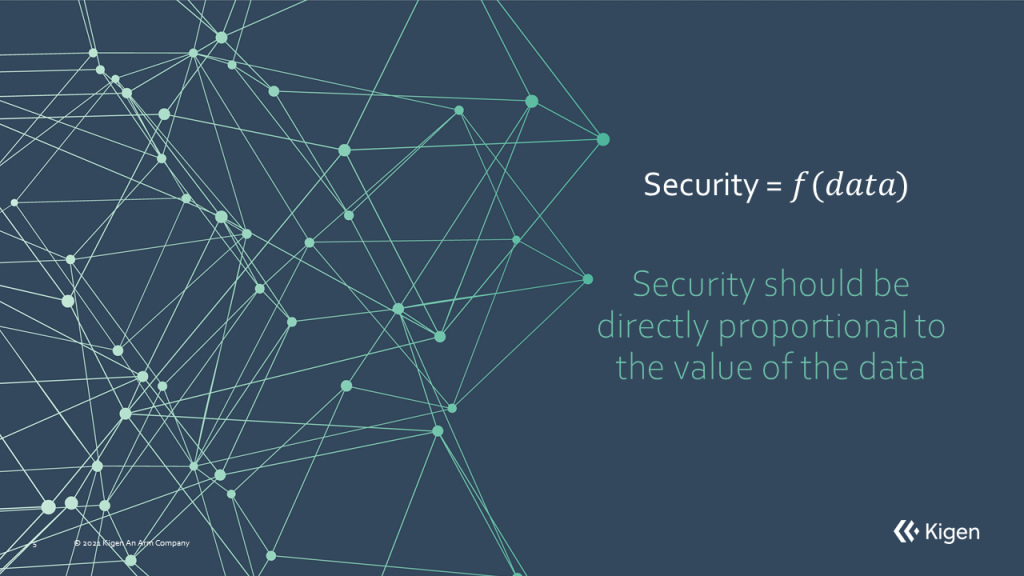


Developed collaboratively by the mobile industry at GSMA, IoT SAFE (IoT SIM Applet For Secure End-2-End Communication) provides a common mechanism to secure IoT data communications based on all types of SIM offering a repeatable and scalable approach for OEMs.
But there’s still work to do. How can we instill trust in a holistic approach for the entire ecosystem and support the burdens of many-to-many integrations across management and operations of end-to-end security around their data exchange. We have made a start with these principles that build on the GSMA IoT SAFE standard and take it a step forward to ease the current pain points that when alleviated will have far reaching benefits across any device, any data, any cloud, any where around the globe.
What’s inside?
This first edition of Open IoT SAFE Manifesto covers:
- Reimagining the connected future with end-to-end security by Vincent Korstanje
- Essential concepts
- Architectural direction for scale by Paul Bradley
- Open IoT SAFE Manifesto
- What to do next?
Next generation of IoT security is within reach.
“Our hope is that with these principles
Vincent Korstanje, CEO – Kigen
and our connectivity-agnostic approach,
we can ease your path to scale smart
goods and digital services for a secure,
connected future..”
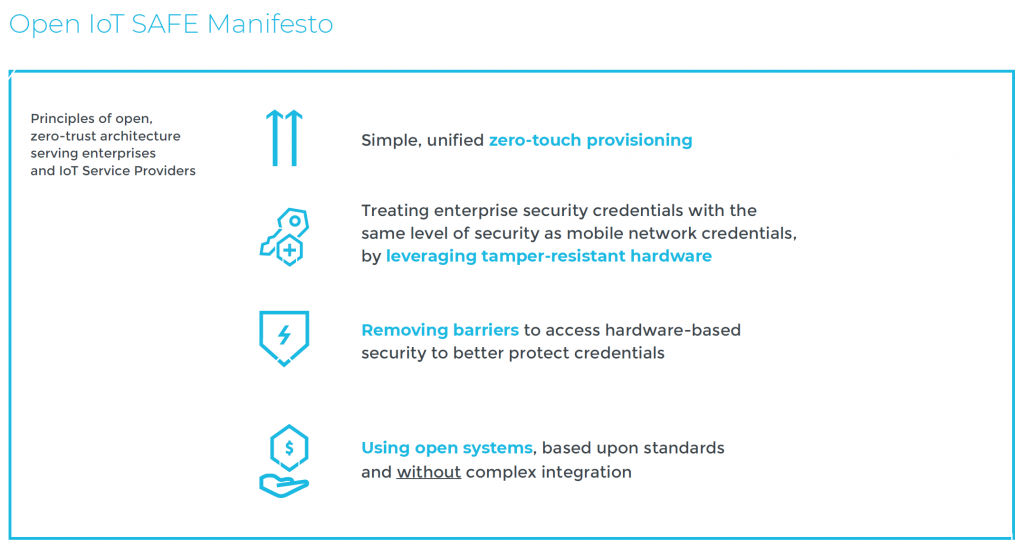


Thank you for reading
Please get in touch to speak with an expert on how we can help with our ecosystem in your success.
